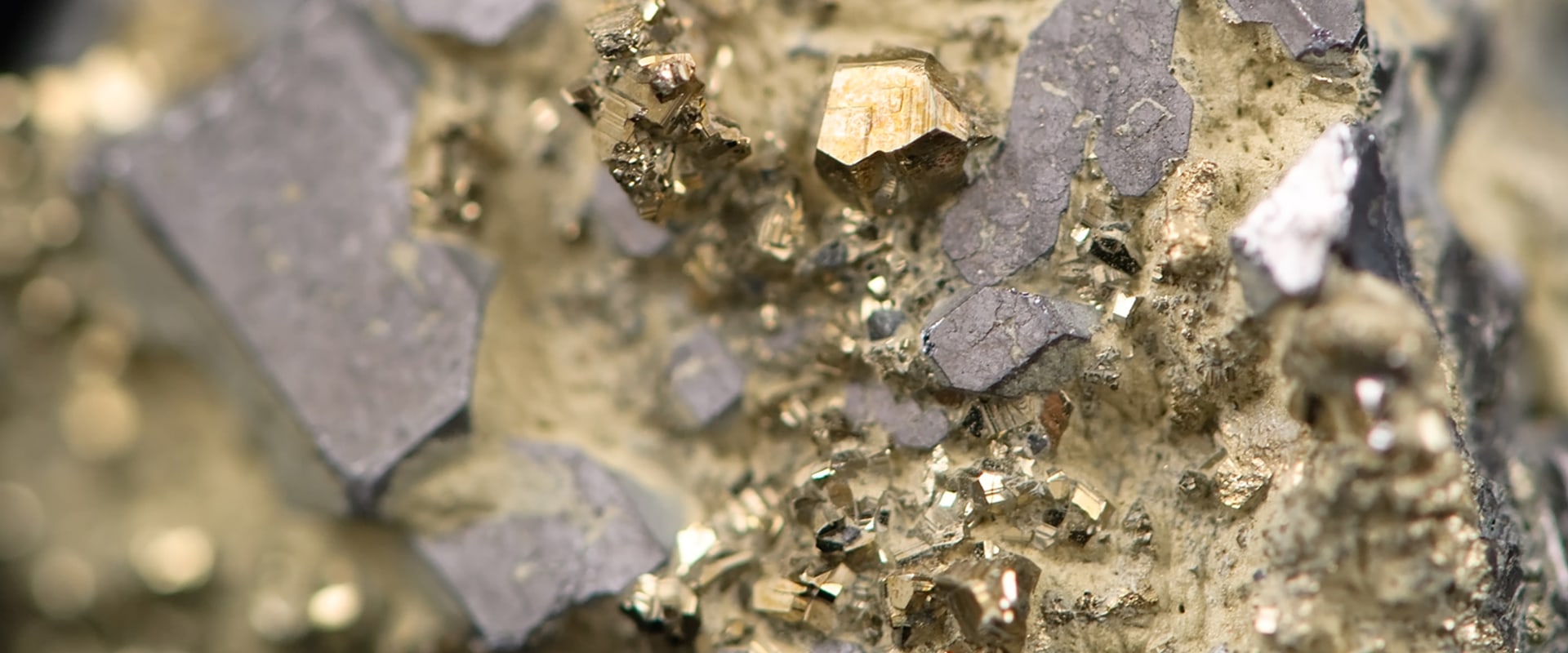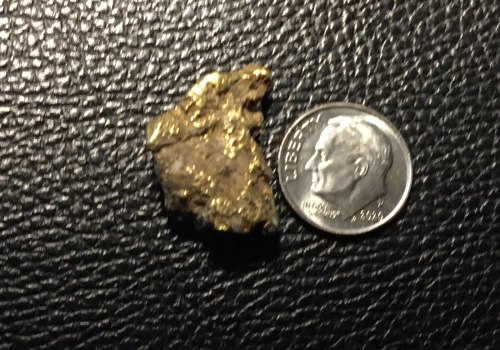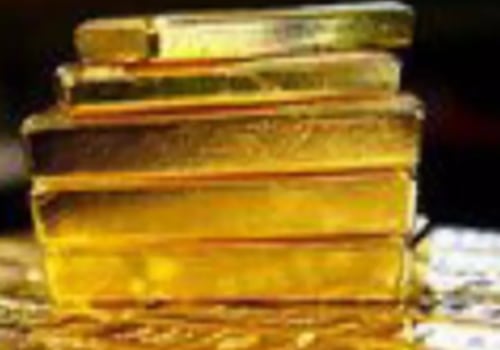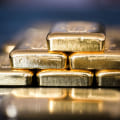Precious metals such as gold, silver, and platinum have been recognized as valuable for a long time. Bullion coins are valued primarily for their precious metal content, such as gold, silver, or platinum. These coins serve as a more colorful way to be exposed to precious metals than ingots and can be easily bought and sold based on the current market value of the underlying metal. Examples include American Gold Eagles and Canadian Silver Maple Leafs. Physical gold and silver are, of course, the original ways that people invested in these popular precious metals.
Regardless of individual reasons for wanting to invest in gold and silver bullion, ingot ingots have some of the highest barriers. Custodians specializing in gold IRA accounts will help refer customers to an approved deposit, as well as gold traders. Gold and silver coins, also called bullion coins, are located on either side of the line between an investment asset and a collectible. Investing in precious metals has some benefits over investing in stocks, such as protecting against inflation, having an intrinsic value, not having credit risk, having a high level of liquidity, providing diversity to a portfolio, and making buying easier. As gold and silver coins are rarely traded solely for their merger value, they are more of a collector's item than an investment.
Understanding the tax implications of investing in ingots or numismatic coins is essential to creating an effective investment strategy, considering potential capital gains taxes and special considerations for collectibles. The term “Sprott ESG approved gold” refers to gold that is physically indistinguishable from other types of gold, but that has been obtained and produced in a manner consistent with the ESG standards and criteria used by the sponsor (the “ESG criteria”), which are designed to provide investors with a greater level of ESG scrutiny, along with the disclosure of the origin of the metal obtained, and include an evaluation of mining companies and mines. If you want easier exposure to these investments without having to open a special type of IRA or find custodians, agents, and depositories, consider investing in securities such as exchange-traded funds or mutual funds that track precious metal indices or prices. Gold and silver funds can be considered an investment in precious metals without the real hassle of storing, buying, or selling them. When it comes to investing in silver and gold as financial derivatives, many brokers can fill that need without major costs.
However, gold and silver funds are not direct investments and sometimes they don't exactly match the price of physical gold. Comparing investment potential is essential for making informed decisions when investing in precious metals IRAs. Buying silver and gold through financial instruments changes some of the risks (storage and insurance are someone else's problem), but it also means that you no longer have an investment you can touch. The price of gold can fluctuate substantially over short periods of time; therefore, the price of the Fund's shares may be more volatile than other types of investments. We've compiled the best practices for investing in gold and silver and the most frequently asked questions you may have to help you get started.







